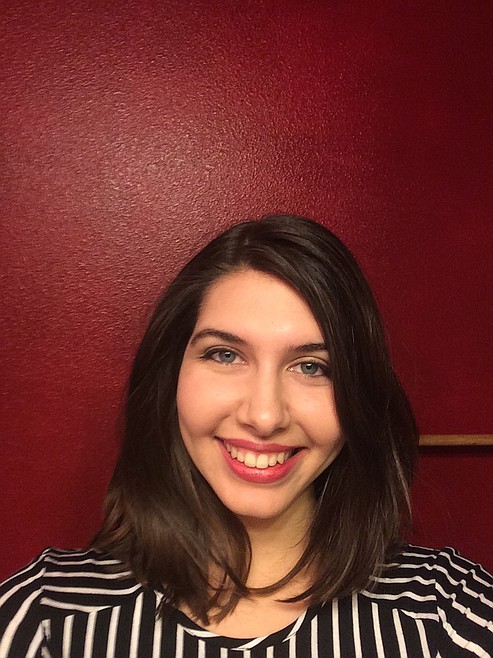A coffee tutorial with foam on the top
Coeur d'Alene Press | UPDATED 7 years, 11 months AGO
Editor’s note: Mrs. Language Person is taking a break this week. Her substitute? Ms. Coffee Person.
It’s a familiar scene.
“I’ll take a macchiato,” you say. You had it once at Starbucks on a whim, pleasantly surprised at how creamy and sweet morning coffee could be. You’ve never been to this shop, but it looks trendy, so you assume this is an easy order.
Your barista gets a funny look on his face, “Will that be a traditional macchiato? Or would you like something with caramel in it?”
“There’s more than one kind?” you wonder.
Well, not exactly. Starbucks has changed the coffee game in the U.S. While by no means a model for other shops, it has supplied a nation of coffee drinkers with a basis to cling to, as they navigate a system most are unfamiliar with.
Now, this is no slam on Starbucks. There’s a reason millions of loyal customers flock to their local branch. But please note: The green mermaid has set the trend, not the bar.
Here’s a primer on popular coffee drinks (may customers and baristas everywhere sip in linguistic harmony):
Espresso: Just one (or two) beautiful shot(s) of espresso. These espresso shots are basically concentrated coffee that brew quickly and richly under high temperature and pressure. Most coffee drinks are formed by adding things to espresso.
A latte is espresso with steamed milk added. A mocha is a latte with chocolate syrup. Other flavors can be substituted simply. In fact, your pumpkin spice latte is nothing more than a little espresso, steamed milk, and pumpkin spice syrup. Simple, but delicious.
A cappuccino is just a latte with more foam; the difference is in the texture. You may have heard of “wet” and “dry” cappuccinos. This refers to how foamy (dry) or not (wet) the cappuccino is. Many baristas feel that a “wet” cappuccino is a latte made correctly and that a “dry” cappuccino is what a cappuccino is meant to be.
Why did the confusion start? It probably has to do with milk that was steamed nontraditionally — or incorrectly, as most coffee snobs would say. A traditional latte — one that follows its Italian ancestry — will have a thin layer of foam on top, enough to keep the coffee warm, but the milk underneath will look normal. When milk is not steamed according to tradition, there won’t be a foam layer. Many coffee lovers now consider this normal for a latte, so when they see a thin layer of foam they recognize it as a type of cappuccino.
A macchiato has nothing to do with caramel, I’m afraid. Often referred to as a “traditional macchiato,” this is an espresso with a healthy dollop of milk foam on top.
Why the caramel association? It may have to do with the fact that Starbucks has its own drink called a Caramel Macchiato, similar to a caramel latte. The texture of a macchiato, like that of a cappuccino, means it’s a hot drink only; foamy milk is too integral, so converting it to a “blended” or frozen state changes the nature of it.
But that only matters to a purist, and for the sake of clarity. If you like what you’ve been getting, you can go ahead and order it the same way. Most baristas are trained in both styles.
And syrups are purely individual. No two people want the same amount of any particular syrup, so if you know what you like, please feel free to specify. Baristas dislike guessing whether you’re a sugar fiend.
Why are there so many drinks? Why are there so many pizzas? Some baristas, like some cooks, are artistes. Over the years their more popular innovations have caught on. The mocha was once as shockingly vulgar as the modern grande non-fat triple shot raspberry-vanilla latte.
And don’t worry. The barista at your favorite café would love an opportunity to explain all of this to you again, with your favorite order handy to help you remember it.
Tune in Thursday for Part II and the American obsession with Americano. Yes, you too can become a coffee snob in two short lessons!
•••
Ms. Coffee Person, a.k.a. Elena Johnson, is a Java barista and Coeur d’Alene Charter Academy grad who, like other linguistics majors, is discovering more lucrative employment may lie in the coffee industry than her impending degree from Earlham College.
MORE COLUMNS STORIES



